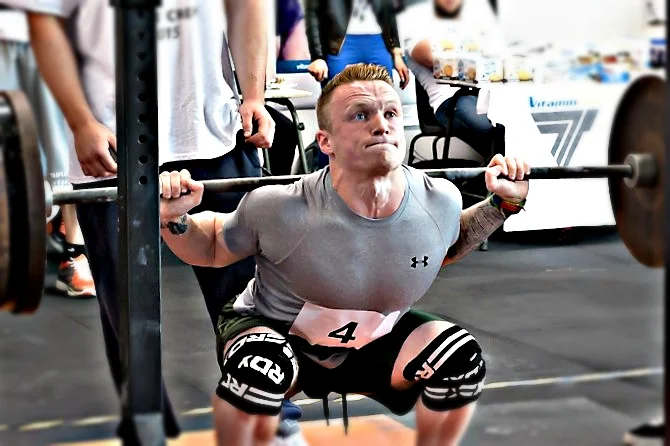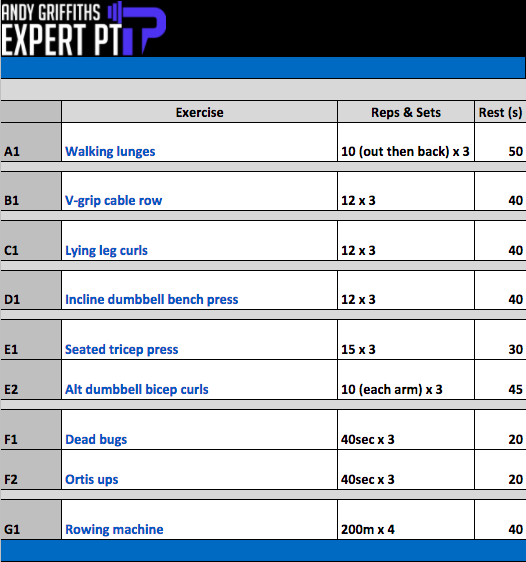Once you have completed your workout you should be feeling awesome!
You might now be thinking how you can design your own plan, well if this is the case we need to look into what the prefect rep range might be.
This is a very common question and it’s not the first time I’ve touched on this subject.
Let’s get straight into it.
High Reps (12-15):
Burn more calories
Medium Reps (8-12):
Optimise muscle building
Low Reps (4-8):
Strength
Okay, so if my goal is fat loss then it makes sense for me to perform a higher amount of reps to burn more calories, correct? Well not really!
If you want to lose fat, you should be trying to develop a decent amount of muscle tissue (in the gym), the more muscle you have, the faster your metabolic rate. 8-12 reps are gold when it comes to hypertrophy (muscle development). You can very effectively hit all three mechanisms of hypertrophy (three mechanisms of developing muscle):
- Mechanical tension (high resistance)
- Metabolic stress (pump/cell swelling)
- Muscle damage (stretch)
Okay, so if my goal is fat loss then it makes sense for me to perform between 8-12 reps, correct? Well not really!
Possibly the biggest factor when it comes to muscle building is mechanical tension, putting enough resistance through your muscles to force them to develop. You will need to use heavyweight, therefore you’ll need to perform fewer reps (4-8 reps) to optimise this mechanism.
Okay, so if my goal is fat loss then it makes sense for me to between 4-8 reps and lift heavier, correct? Well not really!
You’ll need to have plenty of rest between sets when lifting very heavy, so you won’t be burning a high amount of calories.
I can hear the shouts....”Andy……I’m confused…..How many reps will help me to lose fat??’
Well, you need an element of all three. You can include each element in each of your gym sessions e.g heavier at the start, or a more effective plan would be to incorporate this through phases /cycles.
Example:
- Month one mainly higher reps with the odd strength session
- Month two mostly medium reps with the odd bit of strength work
- Month three should be strength-focused, I don’t mean spending the full session training between 4-8 reps, instead, start the session with heavy compound exercises like squats or deadlifts (after your warm-up of course), then increase the reps through the session. Once you come to the end of this phase you should have increased strength, that would be the goal of this phase.
Here is an example of how you could structure these sessions:
Month one full-body example session:
A1 - Leg press - 12 reps x 3
B1 - Cable row - 12 reps x 3
C1 - 45 degree hip extension - 12 reps x 3
D1 - Seated shoulder press - 15 reps x 3
E1 - Lateral raises - 15 reps x 3
Month two full-body example session:
A1 - Front squat - 10 reps x 3
B1 - Bent over row - 10 reps x 3
C1 - Lying leg curls - 10 reps x 3
D1 - Military press - 10 reps x 3
E1- Horizontal cable pull - 12 reps x 3
F1 - Dead bugs - 15 (each side) x 3
Month three full-body example session:








